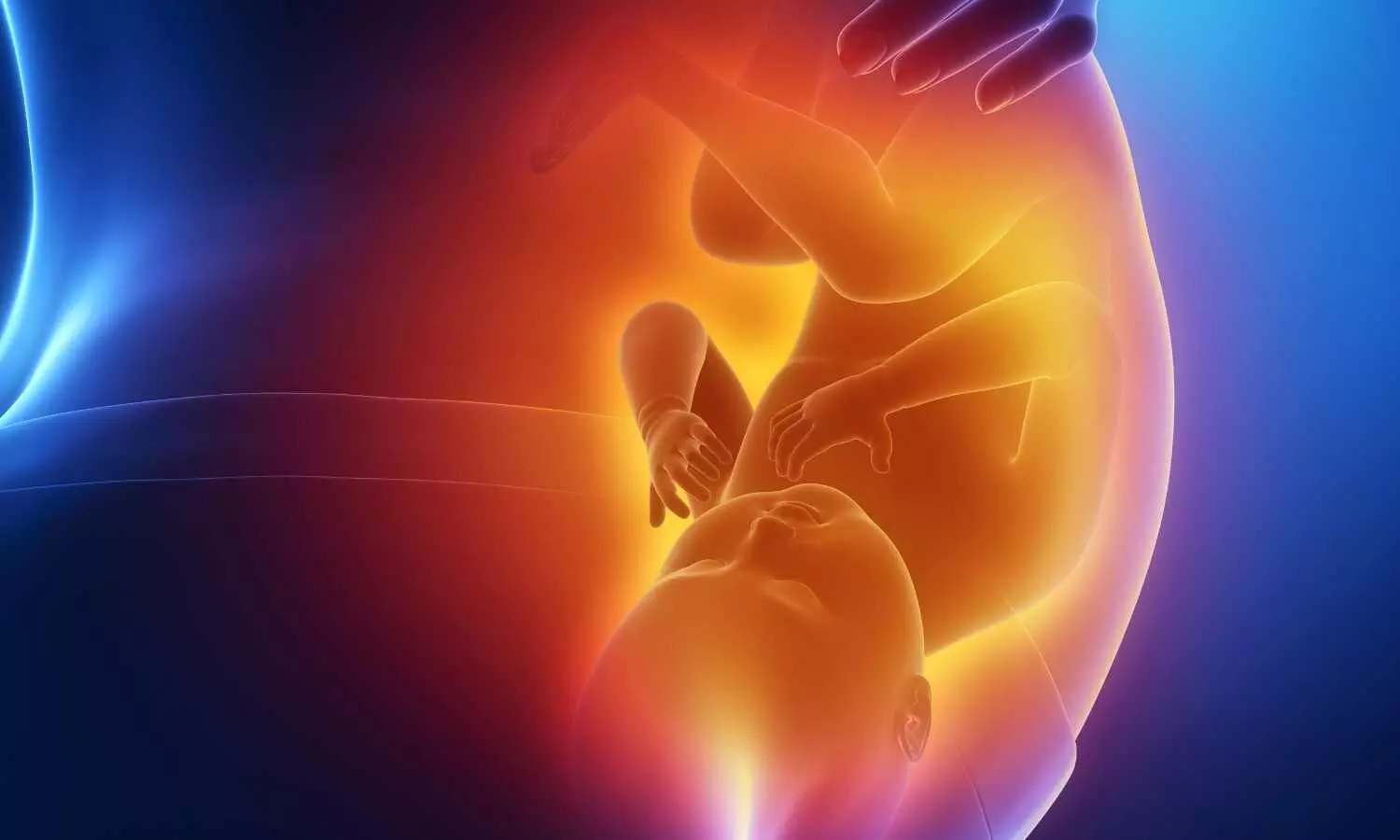Supravesical Approach novel method for Extraperitoneal Cesarean Section

A pioneering extraperitoneal cesarean section (ECS) technique via the supravesical approach has been introduced, potentially offering a more expansive view of the lower uterine segment (LUS) and enabling direct visualisation of all operative procedures.
This novel technique, detailed in a recent study, aims to improve upon the limitations associated with conventional paravesical approaches. This study was published in The Journal Of Obstetrics and Gynaecology Research by Fumikazu Kotsuji and colleagues.
The study showcased this innovative approach's feasibility and safety in safely detaching the bladder fundus from the peritoneum, allowing for easier access to the LUS. While the technique provides broader exposure and direct vision for operative procedures, its downside currently lies in the longer operative time required. No bladder injuries leading to urine leakage were reported among the 501 cases treated with this approach during its development phase.
The procedure involves meticulous steps involving dissection of pelvic fascia, identification of a triangular area between the median umbilical ligament (MUL), peritoneum, and bladder, and careful separation of the bladder from the peritoneal surface. Blue dye injection facilitates better visualisation during surgery, aiding in bladder orientation and preventing injuries.
Operative times for bladder dissection and removal from the peritoneal surface averaged around 15–25 minutes. Despite the developmental phase involving 501 cases, there were no instances of bladder injuries causing complications during the operation or postoperative urinary issues.
The authors emphasise key technical aspects, such as identifying the triangular area beneath the MUL and cautious dissection to prevent bladder injuries. The study presents several nuances and considerations for optimal execution of this ECS technique.
While the supravesical approach for ECS presents advantages in providing direct vision and broad LUS exposure, it also poses certain challenges. The technique's refinement to reduce operative time and further comparisons against conventional methods are necessary for comprehensive evaluation.
This innovative technique introduces promising possibilities for ECS, especially in scenarios where reducing complications from intrauterine infections is crucial. However, it requires further scrutiny and comparative studies to establish its potential benefits and drawbacks thoroughly.
Reference:
Kotsuji, F., Hosono, S., Nishikawa, S., Shibata, T., Kato, H., Nakago, S., & Oishi, T. A novel extraperitoneal cesarean section of supravesical approach: Operative techniques. The Journal of Obstetrics and Gynaecology Research,2023. https://doi.org/10.1111/jog.15836
from Medical News, Health News Latest, Medical News Today - Medical Dialogues | https://ift.tt/ZeTvyHD
Comments
Post a Comment